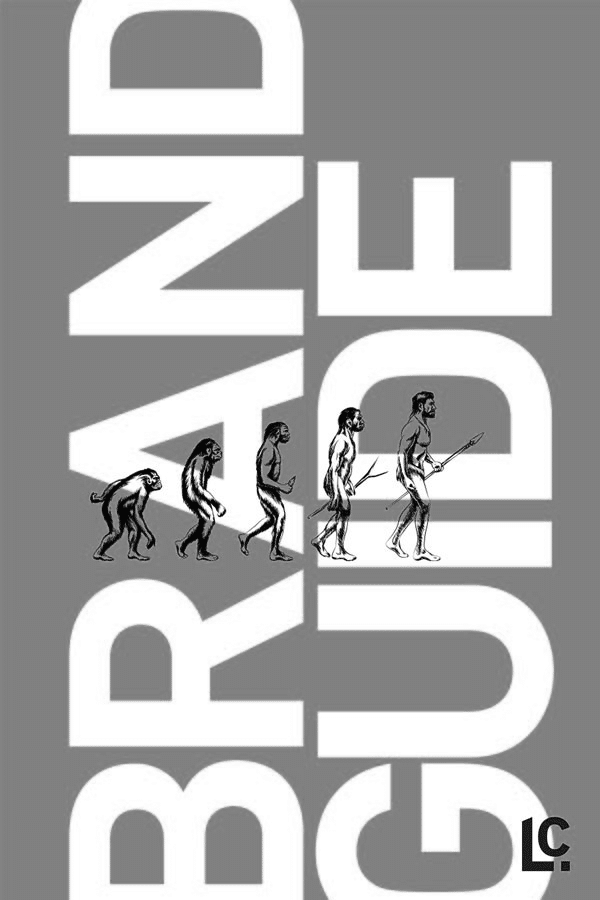MANUAL VS AUTOMATED PROCESSES
14th April 2021

Every business generates endless volumes of data each day. Data is used to track information related to the quality of your product or service, safety, efficiency, customer satisfaction, and productivity. Despite the importance of accurate and complete data, entering and collecting critical information is often entrusted to manual methods like spreadsheets. Therefore, today we would want to discuss some key disadvantages and risks of using manual methods. At the end of the blog, the benefits of automating your manual processes will be outlined.
Disadvantages of manual methods
Time-consuming
Many paid hours are spent taking that information from one format and re-entering it into one or more other disparate systems. Trackvia report outlines that executives that rely on four or more systems to manage their data spend 400% more time trying to use that data for decision-making compared to those who use a single system.
Inaccurate and incomplete data
Manual data entry and collection methods are often full of errors and complicate the way data are communicated between departments within the office, or job sites and the office. For example, companies that use multiple systems for their project and job site data are often missing the data and documentation, thus, exposing companies to higher risk and costs, namely around inadequate quality, project delays, and compliance.
Adding to the challenge, inaccurate or incomplete data may also cause difficulty to identify potential issues for current as well as future projects and solve them before they become bigger problems, and thus, affecting company’s overall conflict resolution management. As a result, not only these mistakes are operationally expensive and affect the business performance but can also negatively impact the reputation of the company.
Data overlapping
From our experience, companies that use manual processes within their business operations often face data overlapping issue without realising. For example, your project management software may have financial data for each of the projects that your business has undertaken. At the same time, your financial department also has the same data in their separate financial database. Unless thoroughly analysed there may be multiple facets of data duplication.
It does not sound like a big issue, right? However, remember that your business is paying for the data storage – especially if you do it on the cloud. Most of the cloud providers work on the ”pay as you go” model. So, in fact, when storing duplicate data, you are paying twice the price for the same data that overlaps in two different software.

To conclude this section, your business has multiple unnecessary costs related to resources working on manual processes and data overlap which could be avoided by automating the manual processes. In the next section we will outline some of the benefits of automating the manual processes.
Benefits of automated processes
Clear and up to date data
Automation of data entry and collection process not only minimises errors but also provides a clear and complete understanding of how the various business processes work and who is involved. For example, within a comprehensive project management system, you should be able to see your resource distribution, team progress, cash flow forecasting and quality deliverables in a single place. That way, work efficiency increases.
Compliance and Insight
Automated processes enable compliance with regulations and audit trails and thus, eliminating the risk associated with legal aspects of the projects as well as transparency and accountability to all project stakeholders. Besides that, workflow automation enables you to gain deep insight into your processes with analytics and reports and thus, aiding the decision making. For example, accurate and detailed audits contribute to better conflict resolution management for future projects.
Reduced time and costs
The centralisation of data gives easy and secure access to every authorised person within your organisation, which not only reduces the access time and problem-solving time but reduces the storage capacity thereby reducing storage costs. Thus, with faster turnaround and elimination of wasteful practices, automated processes facilitate time and cost savings. Executives and team can focus on their direct duties and responsibilities that also contribute to the quality and efficiency of the project and overall business performance.

To conclude, it is evident that using manual methods slows down the work and the quality can be compromised. By automating work and change order processes, firms eliminate time-consuming manual steps and free employees to take immediate action and become focused on their paramount duties and responsibilities. Moreover, companies have a better understanding of the insights of their data that contributes to an overall improvement of decision-making and thus, business performance. Therefore, if you are planning to grow your business, it is worth considering whether the amount of money wasted on your manual processes could be re-invested in automating those manual processes, so that your overall business performance would continue to develop and be on point.








































